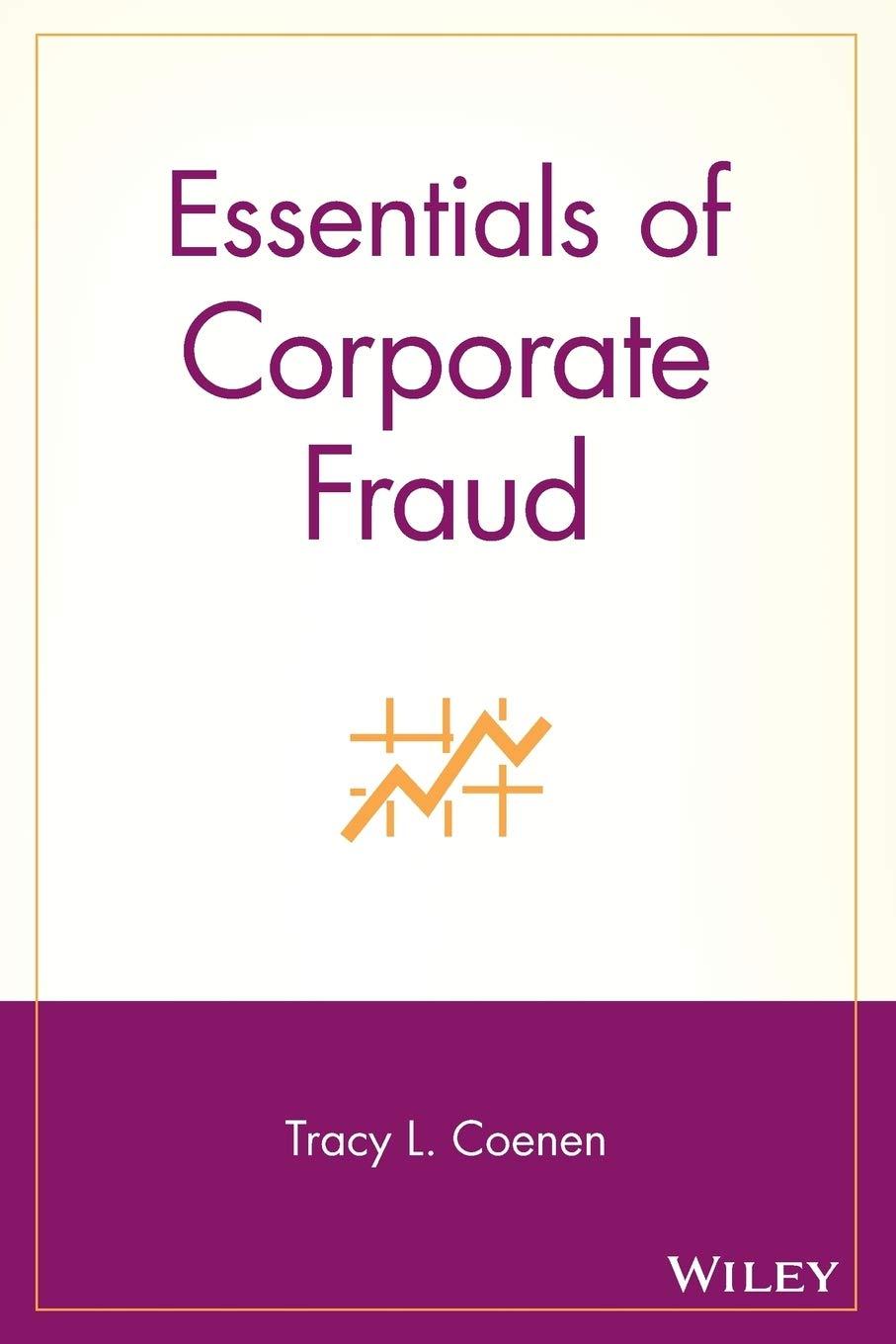Question
Why is RPA different from other technologies that organizations have implemented previously? It requires deep machine learning capabilities. *Limited coding or integration is required. It
Why is RPA different from other technologies that organizations have implemented previously?
It requires deep machine learning capabilities.
*Limited coding or integration is required.
It needs constant management of APIs and interfaces.
Constant management is required for changes to the underlying systems.
What does nonintrusive mean?
No one can see RPA working.
RPA doesn't use any existing systems.
RPA copies existing systems.
*RPA does not need to integrate with existing systems.
What is meant by consistent execution?
Output is always accurate.
Processes are consistently executed by humans with no errors.
*Processes are run 100 percent compliant.
Processes adapt to be consistent with changes in the organization.
What is a key risk in the implementation of simple or nonintrusive RPA to get started?
Getting and maintaining leadership support.
Losing control over the process
*Security
There are no risks with simple or nonintrusive RPA.
Which are key elements of the RPA value proposition?
*Nonintrusive, consistent execution, efficient, cost-effective, empowering.
Nonintrusive, low cost, leads to AI, efficient, cost-effective, empowering.
Automated, low cost, low skills requirement, fast to implement across the organization, empowering.
Low cost, requires high-End skills, efficient, empowering.
How would you start your organization's RPA journey?
Build a strategy and seek board approval.
Run a proof of concept for one or two small processes.
Evaluate the technology options and get started after selecting a long-term strategic platform.
*Take the time to find the correct process to get started with.
Why is RPA different from other technologies that organizations have implemented previously?
It requires deep machine learning capabilities.
*Limited coding or integration is required.
It needs constant management of APIs and interfaces.
Constant management is required for changes to the underlying systems.
What does nonintrusive mean?
No one can see RPA working.
RPA doesn't use any existing systems.
RPA copies existing systems.
*RPA does not need to integrate with existing systems.
What is meant by consistent execution?
Output is always accurate.
Processes are consistently executed by humans with no errors.
*Processes are run 100 percent compliant.
Processes adapt to be consistent with changes in the organization.
What is a key risk in the implementation of simple or nonintrusive RPA to get started?
Getting and maintaining leadership support.
Losing control over the process
*Security
There are no risks with simple or nonintrusive RPA.
Which are key elements of the RPA value proposition?
*Nonintrusive, consistent execution, efficient, cost-effective, empowering.
Nonintrusive, low cost, leads to AI, efficient, cost-effective, empowering.
Automated, low cost, low skills requirement, fast to implement across the organization, empowering.
Low cost, requires high-End skills, efficient, empowering.
How would you start your organization's RPA journey?
Build a strategy and seek board approval.
Run a proof of concept for one or two small processes.
Evaluate the technology options and get started after selecting a long-term strategic platform.
*Take the time to find the correct process to get started with.
Step by Step Solution
There are 3 Steps involved in it
Step: 1

Get Instant Access to Expert-Tailored Solutions
See step-by-step solutions with expert insights and AI powered tools for academic success
Step: 2

Step: 3

Ace Your Homework with AI
Get the answers you need in no time with our AI-driven, step-by-step assistance
Get Started


